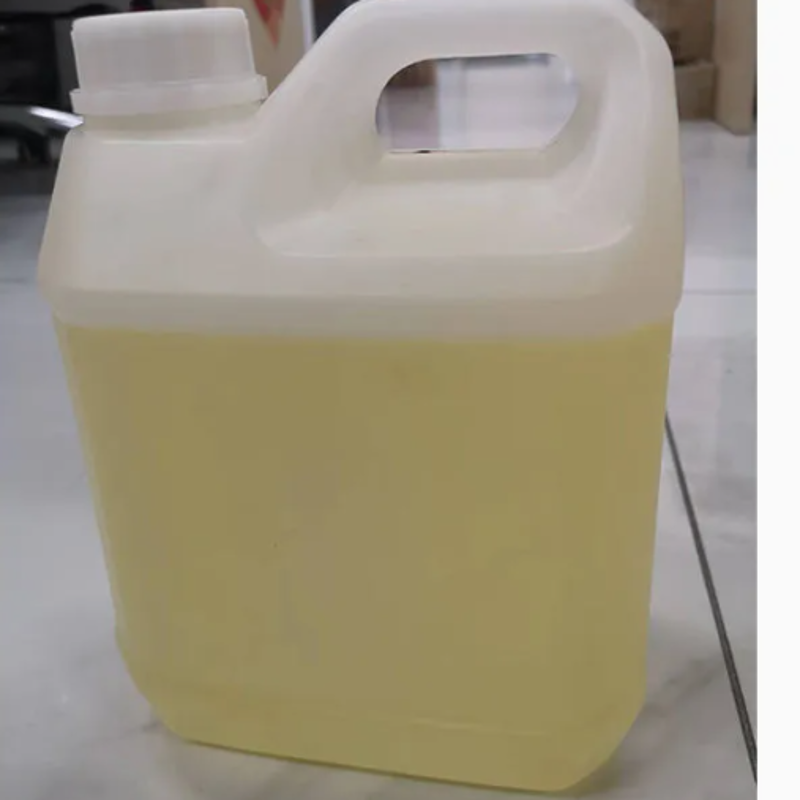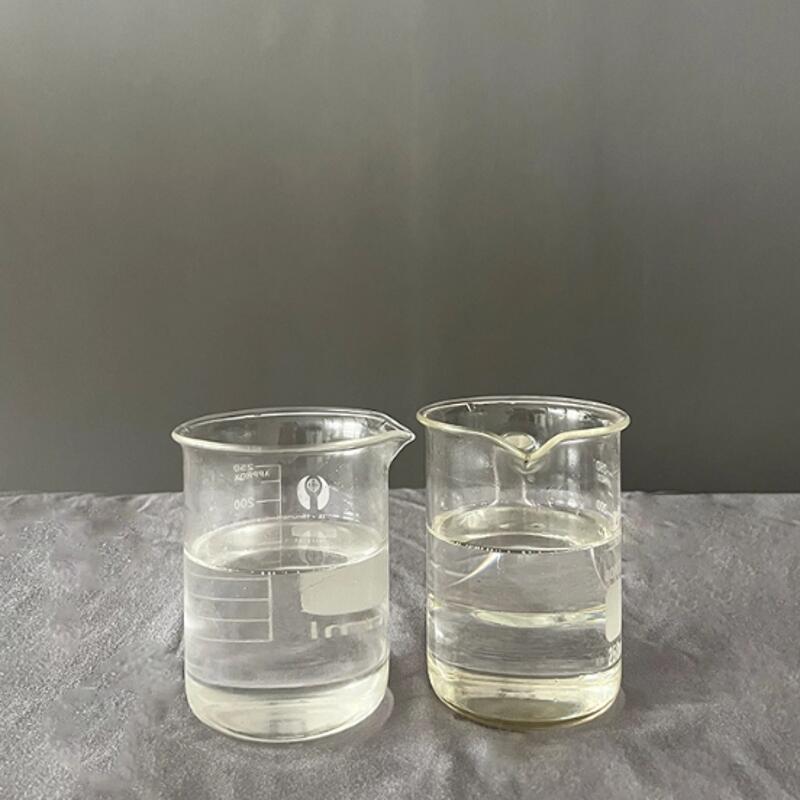-
Categories
-
Pharmaceutical Intermediates
-
Active Pharmaceutical Ingredients
-
Food Additives
- Industrial Coatings
- Agrochemicals
- Dyes and Pigments
- Surfactant
- Flavors and Fragrances
- Chemical Reagents
- Catalyst and Auxiliary
- Natural Products
- Inorganic Chemistry
-
Organic Chemistry
-
Biochemical Engineering
- Analytical Chemistry
-
Cosmetic Ingredient
- Water Treatment Chemical
-
Pharmaceutical Intermediates
Promotion
ECHEMI Mall
Wholesale
Weekly Price
Exhibition
News
-
Trade Service
Plastic straws = invisible killers?
This year, many catering companies, including Starbucks, are trying to stop using plastic straws and use direct drinking lids and paper straws instead
.
Because it is this seemingly inconspicuous little plastic straw that is destroying the earth's ecosystem and even becoming an "invisible killer" that threatens human health
.
According to "Forbes" magazine statistics, in 2017, about 1 million plastic water bottles were sold every minute around the world, however, only 9% were recycled
.
How can these little plastic straws threaten our lives?
In fact, these unrecycled plastics, large and small, will eventually shatter or degrade into smaller fragments under the combined action of sunlight, air and ocean, and when their size is less than 5 mm, they are called "microplastics"
.
Ubiquitous "microplastics"
Many people will ask: "If I don't eat fish or any seafood, will microplastics not affect me?" The answer is still no
.
According to a 2018 report by National Geographic, researchers sampled several brands of table salt around the world and found microplastics in 90% of them.
The density of microplastics in Asian table salt is particularly high, so Asia is the subject of this The magazine listed it as a focus area for plastic pollution
.
Not only food such as table salt, but also microplastics exist in places that people cannot see or even imagine
.
How much harm does "microplastics" have?
In fact, many plastics themselves are toxic, and some environmentally friendly materials will release harmful substances under conditions such as high temperature and high pressure, causing secondary damage to humans
.
Dr.
Ashok Deshpande, a chemist at the Northeast Fisheries Science Center in the United States, has conducted in-depth research on the impact of microplastics in the ocean and other fields.
He expressed concern about the impact of microplastics, "Plastic is the transportation of algae and bacterial colonization.
Pipes, none of us can escape the effects of microplastics
.
"
Obviously, the potential health risks are terrifying, and it is difficult to ignore the impact of microplastics, which are entering the human body through various visible and invisible ways
.
Raman spectroscopy helps, prevention has achieved results
The ubiquitous microplastics have sounded the alarm for our survival, and the prevention and control work is imminent
.
Fortunately, microplastics have become a topic of increasing concern, and special research has been launched in universities and research institutions around the world
.
To deal with these invisible microplastics, the first step is to determine their types, and then determine the source of environmental pollutants.
On this basis, the pollution sources can be monitored and controlled in a targeted manner
.
Various techniques have been used to help scientists characterize microplastics and identify their sources of contamination
.
Through research, Dr.
Deshpande found that microplastics in fish can be characterized by a variety of techniques such as gas chromatography (GC) pyrolysis, mass spectrometry, infrared spectroscopy or Raman spectroscopy
.
Among them, the micro-Raman spectrometer integrates Raman spectroscopy and optical microscopy, which can not only obtain the microscopic morphology of the sample to be tested, but also obtain the Raman spectrum of the specific position of the sample, so it has become an efficient and effective technology for identifying polymers.
one of the means
.
Taking advantage of the microscopic Raman spectrometer's ability to perform micro-area analysis and characterize sub-micron-scale materials, Dr.
Deshpande's team compared the collected Raman spectra of microplastics with the known polymer Raman spectra library, thereby Easily identifying the type of microplastic provides a reliable basis for confirming its origin
.
Prepared sand samples containing microplastics awaiting analysis
Dr.
Chelsea Rochman and his team from the Department of Ecology and Evolutionary Biology, University of Toronto, Canada, focused their research on the use of Raman spectroscopy to obtain information on the type, size and quantity of microplastics
.
Using the XploRA™PLUS Raman spectrometer for their research, they tried to develop a fast, easy and accurate method to characterize microplastics samples to improve characterization efficiency
.
"Because there are so many different types of plastics, analytical tools like Raman microscopy are essential in order to characterize these materials and thus measure their effects on animals," she noted
.
There is no doubt that the research of these scientists has found a scientific and efficient method for identifying the source of environmental pollutants, and then monitoring and controlling the pollution source
.
HORIBAXploRA™PLUS Intelligent Automatic Raman Spectrometer
Note: If you want to know the detailed introduction and use of the HORIBA Raman spectrometer in this study, please click "read the original text" in the lower left corner to leave a message, and our technical experts will contact you as soon as possible to answer your questions
.
Research on life in microplastic 'cycle'
Fortunately, scientists have been able to characterize some microplastics
.
The next challenge, says Dr Deshpande, is to identify the small fibers in shellfish and other small organisms to understand how microplastics are enriched through the food chain and into the human body
.
Because the food chain is progressive, shellfish ingest microplastics, fish eat shellfish and other plankton, and larger marine organisms eat smaller fish.
In this process, microplastics are in a layer of layer enrichment
.
It is conceivable how many fish ingest microplastics, and we at the top of the food chain suffer from microplastic pollution
.
Reducing plastic starts with me
It is what scientists are doing to trace the origin of microplastics, what can we do as ordinary people? Lakes and oceans enter the human body; or use more environmentally friendly bags instead of plastic bags; less take-out is also a good way, after all, using too many take-out boxes is not good for health
.
In fact, there is a lot we can do
.







